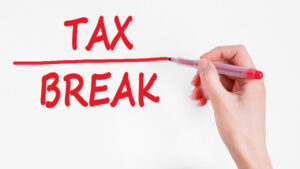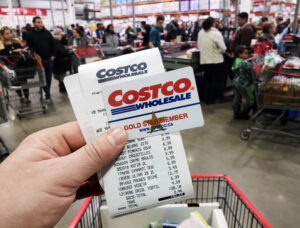
2. Paying off debt
Did you know that 30% of a person’s credit score consists of how much they owe in relation to their credit limits? If you’re close to the 30% threshold or above then you might need to make paying off your debt a priority going forward.
We know, that’s easier said than done, and paying off the money you’ve borrowed ties in heavily with your overall financial health. That’s why it’s so difficult to give specific advice. If anything, a financial advisor might help you figure out a strategy that fits your lifestyle and needs.
However, here are three ways you can go about it. These are arguably the most popular strategies out there and we’re sure one of them will be the right choice for you.
Snowball method
If you have multiple loans, some of which may seem intimidating, then this method might work perfectly for you.
It’s fairly simple, both in theory and in practice. You start off by paying the minimum on all your loans. Whatever you have leftover, put it towards the smallest debt. It may be a good idea to cut down on some of your ‘fun’ money to get the ball rolling sooner, too.
Eventually, you will have paid off your smallest debt, so the amount from that monthly payment should go towards the next smallest balance and so on and so forth. This way you won’t need to find a part-time job if you don’t have time for one, as it’s money you were already paying. This method does not require any drastic changes to your lifestyle.
In no time, you’ll reach the last most intimidating balance. By then you’ll already be used to paying back substantial amounts, so it’ll be an easy last leg of the race, so to speak.
Avalanche method
Some of you may have guessed that the avalanche method is the complete opposite of the snowball one. But the truth is in the details. While the snowball method focused on balances, the avalanche lets interest dictate how you’re going to pay off your debts.
As mentioned earlier, first you must pay the minimum on each loan while your surplus cash goes towards the highest-interest bill. This is ideal for those who have more cash left over at the end of the month since you’re starting with bigger amounts. Eventually, you’ll only have the smallest debts to pay back.
Fireball method
But sometimes neither of these methods turn out to be advantageous. You have to remember that there are two types of debt: good and bad. Good debt represents good investments, such as student loans and mortgages and they generally have low-interest rates. Bad debts have higher interest rates, usually above 7%, such as your credit card debt.
With the fireball method you need to split your debt into these two categories, then use the snowball method on the bad debt first. Of course, you must do this after paying the minimum on everything!
Once all your bad debt is burned up then you can start focusing on your good debt. You’ll already notice great improvements in your finances since, as we mentioned earlier, bad debt usually has really unfavorable interest rates.
How will you go about paying your good debts? You can, of course, pick one of the two methods listed earlier but for most people, taking care of them as usual should be good enough!





























































